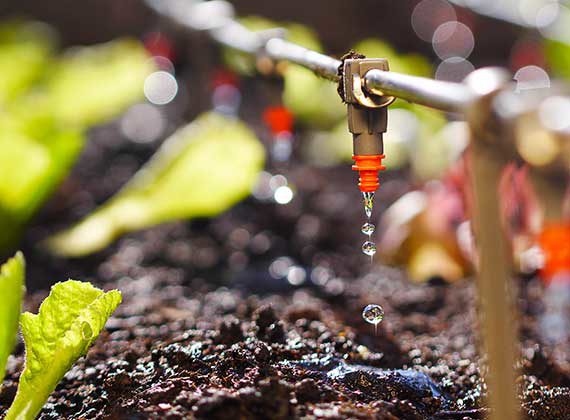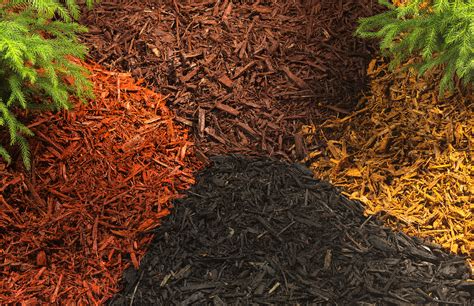
____________
As I prepare to write this month’s column, area rainfall has created flooding. A neighbor takes advantage of the flooded yards and goes canoeing . . . a friend refuses to step in the mud, fearing it could take on the property of quicksand and suuucckkk; she is gone without a trace . . . (#cantmakeitup). My sister, Brenda, did lose her sneakers in a muddy cornfield that we were crossing on a beautiful spring day when we were kids. They were sucked from her feet as we stepped. I never feared that we could be sucked into the mud and disappear. Was that my naiveté?
Water is the compound of hydrogen and oxygen and as far back in Western civilization to the time of Thales of Miletus (6th century BCE), it has been recognized as one of life’s essential building blocks. It is a fundamental part of life-supporting solutions in living beings, including the vascular system of plants. Water and water solutions are life-sustaining transporters.
After having had so much rain, how could there be a drought in a mere six months? Look at other areas of the world to recognize that it can happen. My attention turns to water retention followed by the organized distribution of this life-supporting liquid for our use in the heat and dryness of the late summer. Let us follow the wisdom of an Aesop’s fable and collect now what we will need for sustenance later. Society has been collecting and distributing water for centuries so there is that trust that one can rely on municipal water, where water is on call through the faucets when needed. However, there is that independent, self-sufficient, penny-pinching gene within that I will be addressing here.
It is legal to collect rain water in Tennessee, unlike in some Western states. The volume of rain that can be collected from roofs will far exceed the typical 55-gallon rain barrel. See the potential of collection by using the rainwater collection formula.
Formula
Roof area in square feet x precipitation amount in inches x 0.623 = number of gallons
Example: 1,000-square-foot roof with 1-inch rainfall will give you the potential collection of 623 gallons of rainwater
I know gardeners who link rain barrels together. Others buy cisterns. Improvements to rainwater collection and its implementation as a water source for life sustenance are often the interest of people outside the U.S. We are industrialized and trust our municipalities to deliver this life-sustaining element. I attended the Consumer Electronics Show in Las Vegas in January where I searched for and found developing and established solutions to other area’s water problems. I did talk with a company in the Knoxville area that is generating clean water as a by-product of its hydrogen fuel business.
Water is the ideal environment for breeding life. The history of human health contains many examples of diseases caused by polluted water, either caused naturally from bacteria or expedited with human’s misuse of water and waterways. My point is that rainwater is not free, drinkable water. It can be a breeding ground for sickness or can be made safe and drinkable. There are filtration systems for homesteaders and off-grid enthusiasts that will assist in minimizing water-borne illnesses. That is beyond the purpose here, which is collecting rainwater for plant usage for your yard and gardens.
Soil is a filtration system. The healthier the soil, the better the filtration system is. Rain water, run-off water and flood water eventually cycle through as ground water, which does eventually cycle as drinking water. The quality of our soils affects the quality of our water. It is just one example of a natural, integrated cycle of life designed by the Master Creator.
This cycle of water looping through soils and producing vegetables has been replicated in tower-type and other contained gardens. I have attended an introduction class that takes it a step further. The vegetable containers in this cycling system are attached to a cistern containing edible fish. The cycling water now includes the fish water which is an excellent fertilizer for the vegetables. It is a system that replicates nature. It is a form of sustainable gardening and also addresses food security as it can be set up and maintained at a low cost.
As the dry, hot days of summer approach, the efforts taken in this season for rain water collection can help maintain the health of the garden. Whether you use the rain collected or water from the faucet, practice some wise water application methods.
Water in the morning, preferably before 10 a.m.
Water the root of the plants. Watering the leaves can promote mildew and its problems. Try drip irrigation. It has been studied and determined that drip irrigation keeps a more efficient soil moisture level than sprinkler watering or flood irrigation.
The Texas A&M Ag Center has compiled some guidelines for using drip irrigation. First, use in gardens with no more than a two percent grade. Use clean, clear water. Sand, silt or organic matter can clog the emitter openings. The water source must flow at a rate of 2 to 5 gallons per minute with a 30- to 40-pound pressure. Eventually, you will want to get a salinity reading on the water that you are using. If there is a high salt concentration from the water, the area under drip emitters will show the accumulation. In clay soils, an emitter can soak up to a two-foot area. If you are going to use the drip irrigation system, install it early in the season while your plants are small. It can be used around trees and flowers, too.
Water deeply. Light, daily watering is not needed if deep watering is done regularly, preferably weekly. Deep watering gets the soil wet for 5 to 6 inches into the soil. If soil is moist for an inch or less, it dries out within a day or two. Deep watering promotes deep root growth, helping the plants to anchor in the soil and go downward for nutrients and moisture.

Mulch. It helps to keep moisture in. Winter cover crops can be crimped over and, after several weeks, spring and summer crops can be planted within the decaying plants. Cardboard and newspapers can be used as mulch. Straw is a mulch. Or, you can purchase it.
Mulch also helps to maintain a moderate soil temperature, minimize weed growth and reduce disease problems that transmit from soil to leaves through splashing. Ideally keep mulch 3 to 4 inches deep.
Both over- and under-watering plants produces the same result: leaves brown at the tips first and then across the whole leaf; they curl, or fall off. Soggy soil smothers oxygen in the soil which the roots need. Too much water is as much a death sentence as too little. Drainage that promotes seepage into the ground rather than fast runoff to a collection point is preferred. Check out rain garden concepts.
From the Extension Office
Did you know the Ag Center presents a show on WGNS radio every Thursday at 8:10 a.m.?
Garden activities listed on the UT Extension calendar for the month of March include:
– Seed the warm season transplants (tomatoes)
– Seed or transplant cool season crops (pea, mustard, kale, collards, beets, lettuce, cabbage, cauliflower, broccoli)
– Plant Irish (white) potatoes
– Plant asparagus (It takes several years to produce)
– Carrots and radishes can go in mid-to-late March













